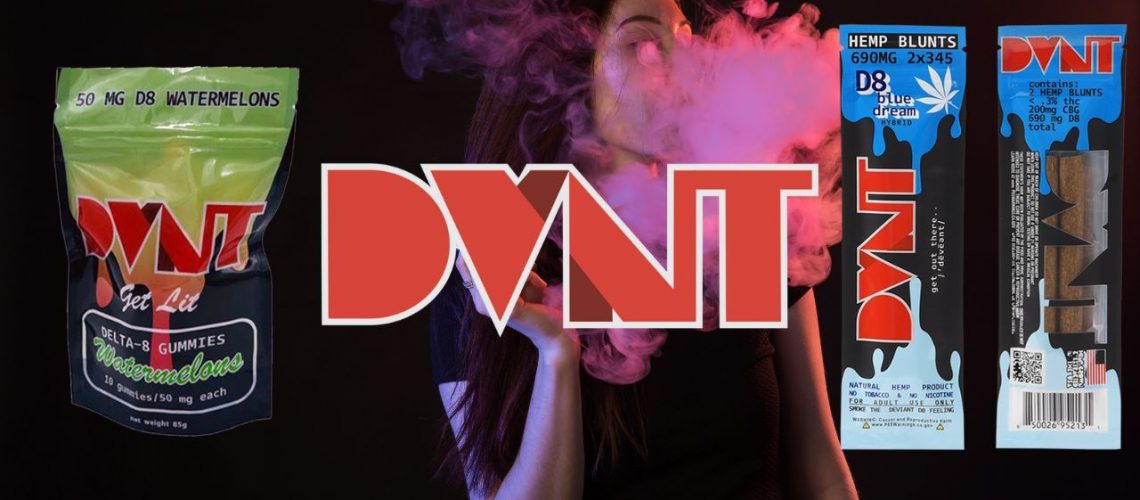The Endocannabinoid System

Cannabis has really climbed the public eye’s social ladder in recent years. Gone are the days when this plant was merely known for its ability to get you high. Today, CBD lotions and gummies line the shelves of our grocery stores, medical marijuana is a legitimately established practice, and state governments profit from the taxes generated by the sale of recreational weed. In addition to THC, we are familiar with other cannabinoids such as delta 8, HHC, CBG, and CBD. A lot of the positive press that our favorite potent plant has been getting lately has to do with the endocannabinoid system that exists within our own bodies. For some reason, this was never covered in any biology class I ever had to take. So let’s find out- what is the endocannabinoid system?
CB1 Receptors
The endocannabinoid system would never have been discovered without Israeli chemist Raphael Mechoulam’s isolation of THC in 1964. His research revealed that THC was responsible for the high caused by cannabis consumption. Over two decades later in 1988, Professor Allyn Howlett and her graduate student William Devane concluded that a rat’s brain contains receptor sites activated by THC. They called their discovery “CB1” and determined that it was a cannabinoid receptor. It turns out that rats are not alone, and all animals with a spinal cord have CB1 receptors. These are found in our brain and central nervous system.
The CB1 receptors in our brain regulate the activity of most other neurotransmitters. This part of the endocannabinoid system is responsible for learning and memory, emotional processing, sleep, temperature and pain control, and appetite. Mammalian bodies produce molecules called endococannabinoids, which are named so due to their similarity to molecules found in cannabis. One of the endocannabinoids that our bodies produce is called anandamide. Both THC and anandamide bind to our CB1 receptors, which causes a reaction that regulates appetite, mood, glucose metabolism, and pain perception, among other things.
CB2 Receptors
In 1993, CB2 receptors were discovered. These are found in the body’s immune system, several organs, metabolic tissue, and the peripheral nervous system. CB2 receptors are essential for immune function and regulating inflammation. In mammal bodies, the endocannabinoid 2-AG interacts with the CB2 receptors to regulate immune function. When THC binds to the CB2 receptors, it does not cause a high because these are not found in the brain. This discovery paved the way for cannabis to be researched further for its medical potential.
Endocannabinoid System and Cannabis/Hemp
So while the body creates its own endocannabinoids, cannabis and hemp produce phytocannabinoids that attach to our body’s endocannabinoid receptors. In addition to THC, delta 8, CBD, CBG, and HHC all interact in different ways with the human body. Like delta 9 THC, delta 8 and HHC bind to the CB1 receptors which causes feelings of euphoria and relaxation; the “high” you feel, in other words. Because they are less potent than delta 9 THC, they do this in a way that produces less anxiety and paranoia. More research is needed to evaluate the way that delta 8 binds to CB2 receptors, but what is known so far is pretty promising. Because of its interaction with this part of the endocannabinoid system, delta 8 has huge potential to be used in the future in the medical field. It will be exciting to see the outcome of further research to substantiate the medical potential of delta 8.
Remember anandamide? The cannabinoid cannabigerol, or CBG, is believed to bolster the function of anandamide in our bodies, which contributes to pleasure enhancement and motivation, appetite and sleep regulation, and pain alleviation. Scientists actually discovered something called “The Entourage Effect”, which essentially means that the endocannabinoids found in the body work synergistically with other lipid compounds in the body, and are stronger together than they are alone. The same is true for the phytocannabinoids found in cannabis and hemp: they work more effectively in our bodies together, and with other components of the plant such as terpenes, than they do when isolated. Our prerolls contain your choice of either delta 8 or HHC and CBG, so you can experience the entourage effect for yourself.
TL;DR
Essentially, we have cannabis research to thank for our modern understanding of the endocannabinoid system. Not only do medical researchers now know about the endocannabinoids naturally produced by our own bodies, but they also know that the phytocannabinoids found in cannabis and hemp work with the systems already in place in the human body to produce a wide range of effects. While phytocannabinoids are responsible for getting you high and putting you in a really good mood, there is also a huge potential for them to be used medicinally. Once again, more research is needed, but it’s still amazing to see a whole new world of medical potential being tapped into. Who could ever have predicted that a plant formerly associated with burnt out teenagers would be the future of the medical world?
